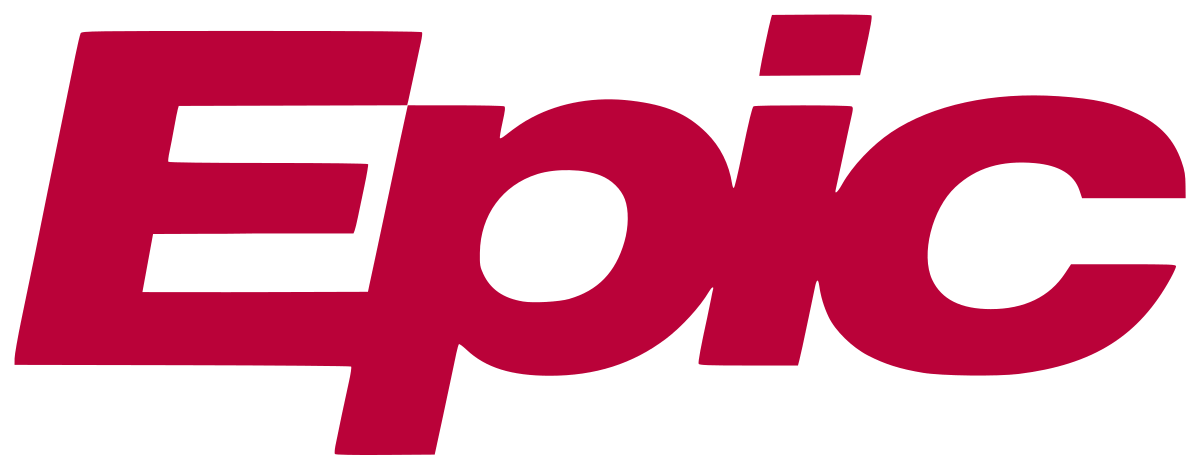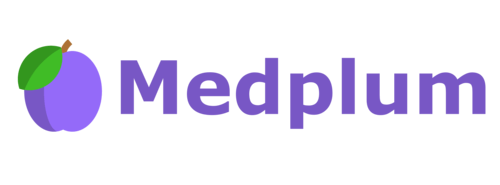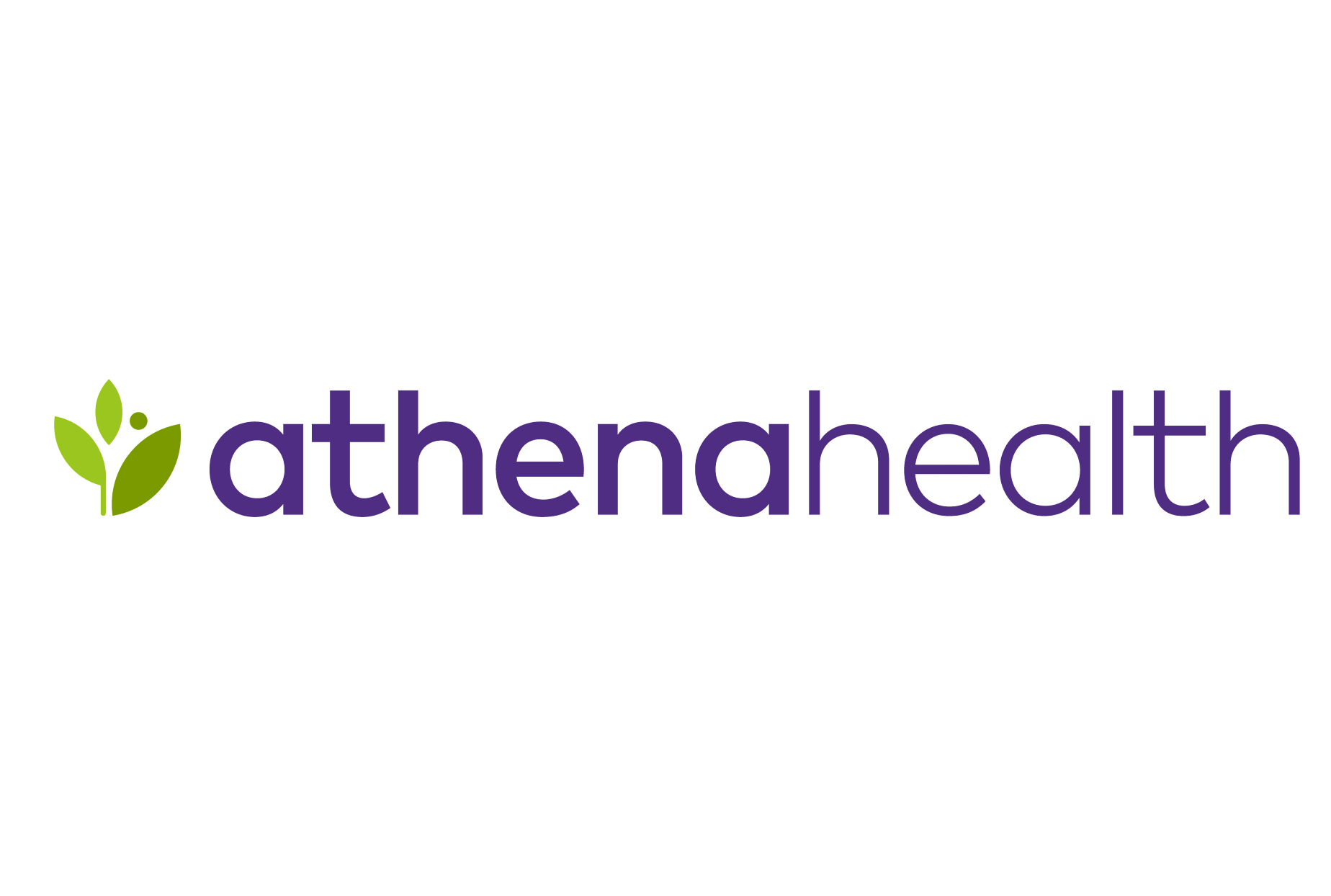The landscape of electronic health records (EHR) continues to evolve rapidly, with numerous vendors offering robust, innovative solutions designed to enhance the efficiency and effectiveness of healthcare delivery. In 2024, several EHR vendors stand out for their comprehensive features, usability, and ability to integrate with other health tech solutions.
EHR integrations are crucial in this ecosystem, facilitating seamless data exchange and interoperability. In this article, we showcase the top EHR vendors of the year and explore how Medicai, a leading medical imaging platform, can seamlessly integrate with these systems to optimize healthcare operations.
1. Epic Electronic Health Record
Epic is one of the most widely adopted EHR systems, known for its extensive functionality and interoperability. Epic’s comprehensive suite supports various medical practices, from large hospitals to small clinics, offering features like patient scheduling, billing, and advanced analytics.
Epic EHR integration can be achieved using Epic’s FHIR (Fast Healthcare Interoperability Resources) APIs. This integration allows for:
- Seamless Data Exchange: Secure transfer of imaging data between Medicai and Epic, ensuring all patient information is centralized.
- Enhanced Patient Care: Real-time access to imaging results through a DICOM Viewer within the Epic interface, enabling clinicians to make informed decisions quickly.
- Streamlined Workflow: Automatic updates to patient records in Epic post imaging studies conducted via Medicai.
2. AdvancedMD
AdvancedMD offers a cloud-based EHR system designed for small to mid-sized practices. Its features include practice management, billing, patient engagement, and telemedicine.
Medicai can be integrated with AdvancedMD through its open API framework, offering benefits such as:
- Unified Patient Records: Consolidation of imaging data within AdvancedMD, providing a holistic view of patient health.
- Interoperability: Secure data exchange, ensuring compliance with healthcare regulations and standards.
3. Welkin Health
Welkin Health specializes in care management platforms that focus on patient engagement and chronic disease management. Its EHR capabilities are tailored to enhance patient-provider interactions and streamline care workflows.
Medicai can integrate with Welkin Health to provide:
- Comprehensive Care Management: Integration of imaging data into Welkin’s care management workflows, enhancing chronic disease monitoring.
- Patient Engagement: Improved communication channels through integrated telehealth capabilities, fostering better patient engagement and adherence.
- Data Accessibility: Easy access to imaging results within the Welkin platform, ensuring continuity of care.
4. Medplum
Medplum is a modern, open-source EHR platform that focuses on flexibility and customization. It caters to a variety of healthcare settings, offering tools for patient management, clinical documentation, and data analytics.
By leveraging Medplum’s API-first approach, Medicai can integrate to offer:
- Custom Solutions: Tailored integrations that fit the unique needs of each healthcare provider using Medplum.
- Enhanced Functionality: Incorporation of imaging capabilities within the Medplum ecosystem.
- Interoperable Systems: Ensuring seamless data flow between Medicai and Medplum, enhancing overall system efficiency.
5. Elation Health
Elation Health is designed for primary care providers, offering a clinical-first EHR that emphasizes patient health over administrative tasks. Its features include patient charting, billing, and patient engagement tools.
Integration of Medicai with Elation Health can provide:
- Integrated Care Delivery: Seamless incorporation of imaging data into patient charts, improving care coordination.
- Efficiency Gains: Reduction of redundant data entry and improved data accuracy through direct integration.
- Enhanced Patient Experience: Improved accessibility to imaging results within the Elation Health platform.
6. Athena Health
Athena Health offers a cloud-based EHR solution with a strong focus on connectivity and interoperability. Its platform includes practice management, billing, patient engagement, and population health tools.
Using Athena Health’s open APIs, Medicai can integrate to achieve:
- Connected Care: Real-time sharing of imaging data, enhancing clinical decision-making.
- Operational Efficiency: Streamlined workflows with automatic updates to patient records and appointment schedules.
- Patient Engagement: Enhanced patient interactions through easy access to imaging results.
7. Healthie App
Healthie App is an EHR and practice management platform designed for nutritionists, dietitians, and wellness professionals. It offers telehealth, scheduling, billing, and client engagement tools.
Medicai can complement Healthie App by providing:
- Holistic Health Management: Integration of imaging data to support comprehensive patient health tracking.
- Data Synchronization: Efficient management of patient records and appointment schedules through synchronized data exchange.
Benefits of EHR Interoperability
EHR interoperability is crucial for ensuring that different healthcare systems can communicate and exchange data effectively. The benefits of EHR interoperability include:
- Improved Patient Care: Seamless data exchange allows healthcare providers to have a comprehensive view of patient history, leading to better diagnosis and treatment.
- Operational Efficiency: Reduces redundant data entry and administrative tasks, allowing healthcare professionals to focus more on patient care.
- Data Accuracy: Minimizes errors associated with manual data entry and ensures that the most up-to-date information is available to all stakeholders.
- Enhanced Collaboration: Facilitates better collaboration among healthcare providers, improving overall care coordination.
EHR Integrations and Telehealth
EHR integrations are essential for optimizing the use of telehealth solutions. Telehealth EHR integration enables:
- Streamlined Workflows: Integrating telehealth platforms with EHR systems simplifies scheduling, billing, and documentation processes.
- Enhanced Patient Engagement: Patients can access telehealth services directly through their EHR portals, making it easier to manage appointments and view medical records.
- Comprehensive Care Delivery: Clinicians have immediate access to telehealth session records and imaging data, enabling more informed decision-making.
EHR Integration Best Practices
When integrating EHR systems, it is important to follow best practices to ensure a successful implementation:
- Standardized Protocols: Use standardized protocols like FHIR and HL7 for seamless data exchange.
- Data Security: Ensure that all data exchanged between systems is encrypted and complies with healthcare regulations such as HIPAA.
- User Training: Provide comprehensive training for healthcare providers to effectively use the integrated systems.
- Continuous Monitoring: Regularly monitor and update the integration to address any issues and incorporate new functionalities.
EHR Integration Challenges: From data migration to workflow disruptions
Despite the benefits, EHR integration presents several challenges:
- Technical Complexity: Integrating different systems with varying architectures can be technically challenging.
- Data Compatibility: Ensuring that data formats and structures are compatible across systems is essential for accurate data exchange.
- Cost: Integration projects can be expensive, requiring significant investment in technology and resources.
- Resistance to Change: Healthcare providers may resist changes to their workflows, necessitating effective change management strategies.
EHR Integrations. Patient Engagement
EHR integrations play a pivotal role in enhancing patient engagement by creating a more seamless and accessible healthcare experience. By integrating EHR systems with patient-facing platforms such as telehealth services, mobile health applications, and patient portals, healthcare providers can offer a more connected and personalized care journey. These integrations facilitate the exchange of health information, allowing patients to easily schedule appointments, access their medical records, receive test results, and communicate with their healthcare providers, all from the convenience of their own devices.
This level of accessibility not only empowers patients to take an active role in managing their health but also fosters stronger patient-provider relationships, leading to a reduction in medication errors and improved adherence to treatment plans.
Furthermore, EHR integrations enhance patient safety by ensuring that sensitive patient data is accurately and securely shared among different healthcare providers, which is crucial for maintaining continuity of care and avoiding medication errors. Independent practices benefit from these integrations by leveraging advanced software to improve the quality of care and streamline operations, ultimately driving higher patient satisfaction and better overall health outcomes.
By leveraging the capabilities of integrated EHR systems, healthcare providers can significantly enhance patient satisfaction and engagement, ensuring high-quality care and improved patient experiences.
These integrations enable a unified approach to patient management, enhancing the clinical workflow within health systems with Medicai’s medical imaging solutions.
Understanding what is EHR (electronic record) integration, and employing effective EHR integration solutions and best practices, you can free up time for healthcare providers and increase patient engagement, while protecting patient data privacy.
FAQs
What does EHR integration mean?
EHR integration refers to the seamless connection and interoperability between different EHR systems, platforms, and software within a healthcare organization. This process involves the merging of patient data and health information from various sources into a unified system, enabling healthcare providers to access and manage comprehensive healthcare records efficiently.
Key Components of EHR Integration:
- Data Migration:
- Definition: The process of transferring patient data from legacy systems to new EHR software.
- Importance: Ensures continuity of patient information across different EHR systems, facilitating better patient outcomes.
- Common EHR Integration Challenges:
- Data Privacy: Protecting sensitive patient information during and after integration.
- Workflow Disruptions: Minimizing interruptions to current workflows during the transition to new systems.
- Data Security Concerns: Ensuring robust data security to prevent breaches and comply with regulations.
- Customization and Configuration: Tailoring the EHR system functions to meet the specific needs of the healthcare organization.
- Selection of EHR Software:
- Choosing the Right Integration Tools: Selecting tools that support seamless data exchange and interoperability between systems.
- Testing and Quality Assurance: Rigorous testing to ensure that the integrated system functions correctly and securely handles patient data.
- Monitoring and Optimization:
- Continuous Monitoring: Regularly checking the system to identify and resolve any issues promptly.
- Optimization: Fine-tuning the system to improve performance and ensure it meets the healthcare organization’s needs.
- Data Migration and Data Security:
- Definition: The transfer and protection of patient data during integration.
- Importance: Ensures that data privacy is maintained and that the information is accurate and complete.
Benefits of EHR Integration:
- Improved Patient Outcomes: Provides healthcare providers with comprehensive and accurate health information, enabling better decision-making and patient care.
- Enhanced Data Security: By addressing data security concerns and ensuring compliance with regulations, EHR integrations protect patient information from breaches.
- Streamlined Workflows: Integration reduces workflow disruptions by aligning new systems with current workflows, making the transition smoother for healthcare providers.
- Customizable and Configurable Systems: Allows healthcare organizations to tailor EHR software to their specific needs, improving overall efficiency and effectiveness.
In summary, EHR integration means the effective merging of different EHR systems and platforms to create a cohesive and interoperable healthcare record system. It involves overcoming various challenges, including data migration, data privacy, and workflow disruptions, while ensuring data security and optimizing system performance. By selecting the right integration tools and thoroughly testing and monitoring the system, healthcare organizations can achieve seamless EHR integrations that enhance patient outcomes and streamline healthcare operations.
What does fully integrated EHR mean?
A fully integrated EHR refers to an electronic health record system that seamlessly connects with various digital health tools and platforms, providing a unified and comprehensive view of patient information across all aspects of healthcare delivery. This integration ensures that data from different sources is consolidated, accessible, and usable within a single interface, enhancing the efficiency and effectiveness of healthcare processes.
Key Elements of a Fully Integrated EHR:
- Seamless Data Connectivity:
- Definition: The ability to connect and integrate data from various digital health tools, such as telehealth platforms, imaging systems, and patient portals.
- Impact: This connectivity ensures that all relevant patient data is available in one place, enabling better clinical decision-making and patient care.
- Streamlined Processes:
- EHRs Streamline Processes: By integrating various health information systems, EHRs streamline processes such as patient scheduling, billing, clinical documentation, and reporting.
- Impact: This streamlining reduces administrative burdens on healthcare providers, allowing them to focus more on patient care.
- Implementation and Integration:
- EHR Implementation: The process of setting up and configuring an EHR system to meet the specific needs of a healthcare organization.
- Live and Implementation: Ensuring the EHR system is operational and fully functional, ready to be used in a live clinical environment.
- Impact: Successful implementation and going live with the EHR system are crucial for ensuring that all integrated components work together seamlessly.
- Use of Different Integration Tools:
- Definition: Employing various tools and technologies to facilitate the integration of multiple health information systems into the EHR.
- Impact: These tools help ensure that data flows smoothly between systems, maintaining the integrity and accuracy of patient information.
- Thorough Workflow Analyses:
- Definition: Conducting detailed analyses of existing clinical and administrative workflows to identify how the EHR can be integrated effectively.
- Impact: Understanding current workflows ensures that the EHR system supports and enhances existing processes rather than disrupting them.
In summary, a fully integrated EHR means having an EHR system that seamlessly incorporates data from various digital health tools and platforms, streamlines healthcare processes, and is implemented effectively using different integration tools. Thorough workflow analyses are crucial to ensure the EHR system aligns with existing practices, enhancing overall efficiency and improving patient outcomes.










